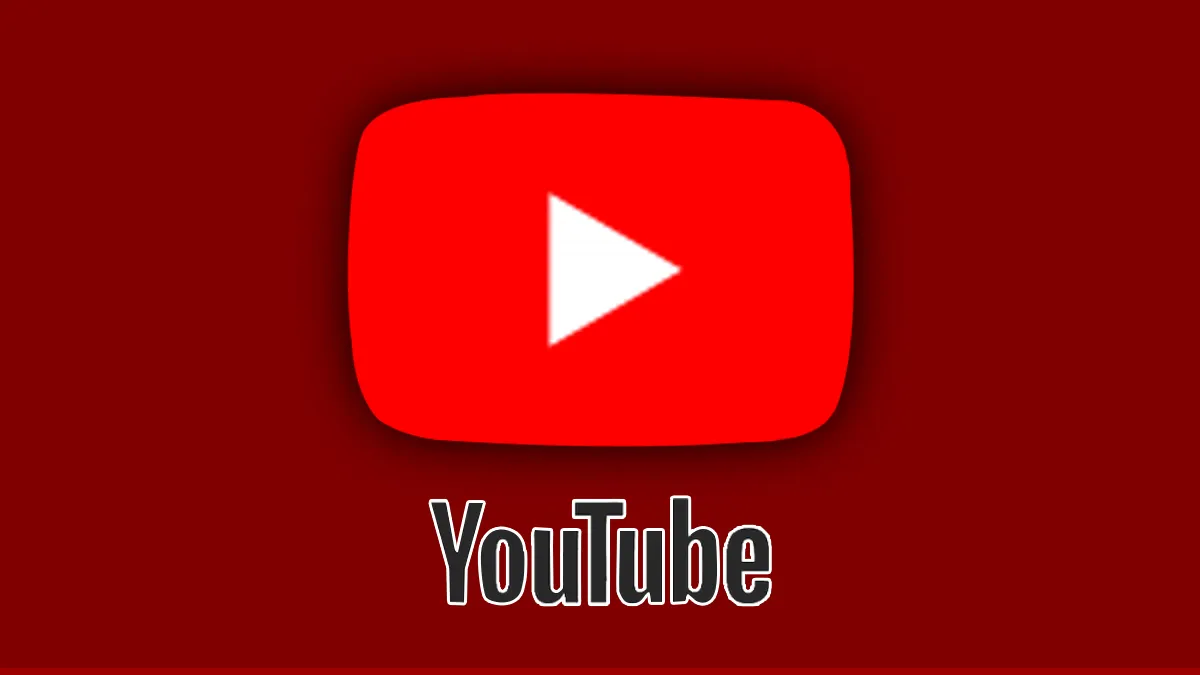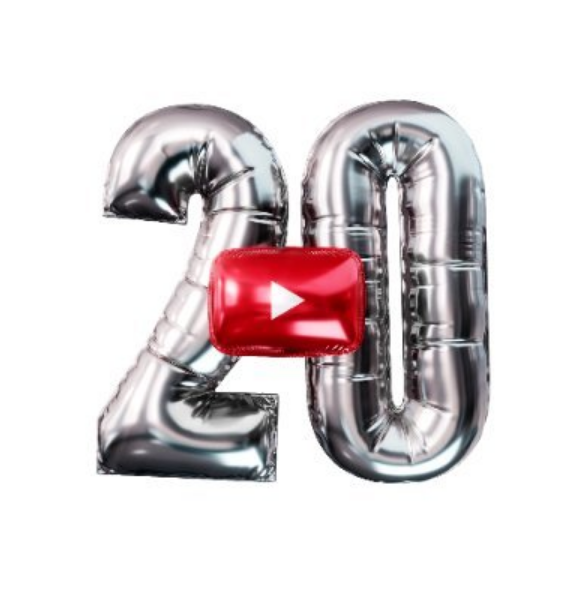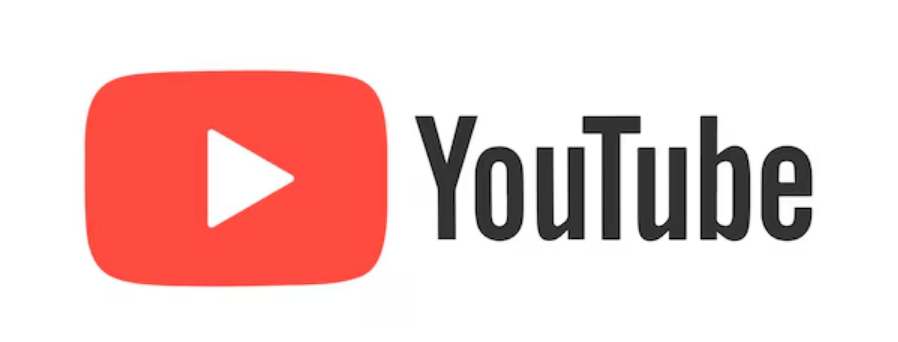
YouTube Turns 20: How a Simple Video Site Became a Global Phenomenon
YouTube's story begins not with grand ambitions of digital revolution, but with a simple dinner party in San Francisco. In February 2005, three former PayPal employees—Jawed Karim, Steve Chen, and Chad Hurley—found themselves discussing the difficulty of sharing video content online. At a time when email attachments had strict size limits and dedicated video platforms were nonexistent, they recognised a significant gap in internet services.
Initially conceived as a video site with the slogan ‘Tune In, Hook Up,’ the concept quickly pivoted when early user tests revealed a more fundamental need: a platform where anyone could easily upload and share videos. On April 23, 2005, Karim uploaded the platform's first video titled ‘Me at the Zoo’—an 18-second clip of himself at San Diego Zoo that would become an important artifact in internet history.
View this post on Instagram
YouTube’s Early Growth and the Google Acquisition
YouTube's user-friendly interface and simple premise—’Broadcast Yourself’—resonated with internet users. By July 2006, the site was serving more than 100 million video views daily. This explosive growth caught the attention of tech giant Google, which acquired YouTube in October 2006 for $1.65 billion in stock—a figure that seemed astronomical at the time but would later prove to be one of the most strategic acquisitions in tech history.
1
2
3
4
Under Google's ownership, YouTube underwent significant infrastructure improvements and began experimenting with monetisation strategies. The introduction of the Partner Programme in 2007 allowed content creators to earn revenue from advertisements placed on their videos, fundamentally changing the platform's dynamics.

The Rise of the Digital Creator Economy
What truly distinguished YouTube from traditional media was its democratisation of content creation. By the early 2010s, the term ‘YouTuber’ had entered the cultural lexicon, referring to individuals who made a living by creating videos on the platform. This new career path challenged conventional entertainment industry models, as creators built direct relationships with their audiences without traditional intermediaries.
Channels like PewDiePie, Smosh, and Michelle Phan pioneered new content formats and built subscriber bases that rivaled television network audiences. This shift gave rise to multi-channel networks, talent agencies, and production companies specifically focused on YouTube talent, creating an entirely new ecosystem within the entertainment industry.
As YouTube evolved, its influence expanded far beyond entertainment. The platform became instrumental in political movements, with videos from events like the Arab Spring providing unfiltered documentation of historical moments. Educational content flourished, with channels like Khan Academy and Crash Course demonstrating the platform's potential as a learning resource.
The music industry, initially hostile to YouTube over copyright concerns, eventually embraced the platform as music videos became some of the most-viewed content. The 2012 phenomenon ‘Gangnam Style’ by PSY became the first video to reach one billion views, breaking YouTube's view counter and forcing a technical redesign.
Don't Miss: Nintendo Switch 2 Pre-Order: Here’s Where You Can Order Online

Twenty years after its founding, YouTube stands as the world's second-largest search engine and one of the most visited websites globally. With over 2 billion logged-in monthly users watching over a billion hours of content daily across 80 different languages, its cultural impact is immeasurable.
The platform continues to evolve, launching subscription services like YouTube Premium and YouTube TV to compete in the streaming wars. Features like Shorts were developed in response to the rise of TikTok, demonstrating YouTube's continued adaptability in a rapidly changing digital landscape.
What began as a simple solution for sharing videos has transformed into an essential pillar of global culture, entertainment, and information exchange. YouTube's evolution reflects not just technological advancement but fundamental shifts in how humans create, consume, and interact with media.
Don't Miss: Ray-Ban Meta Glasses Launched In Several European Countries, India Next Spot
For more such stories, stay tuned to HerZindagi.
Image Courtesy: @YouTube/Freepik
Also watch this video
Herzindagi video
1
2
3
4